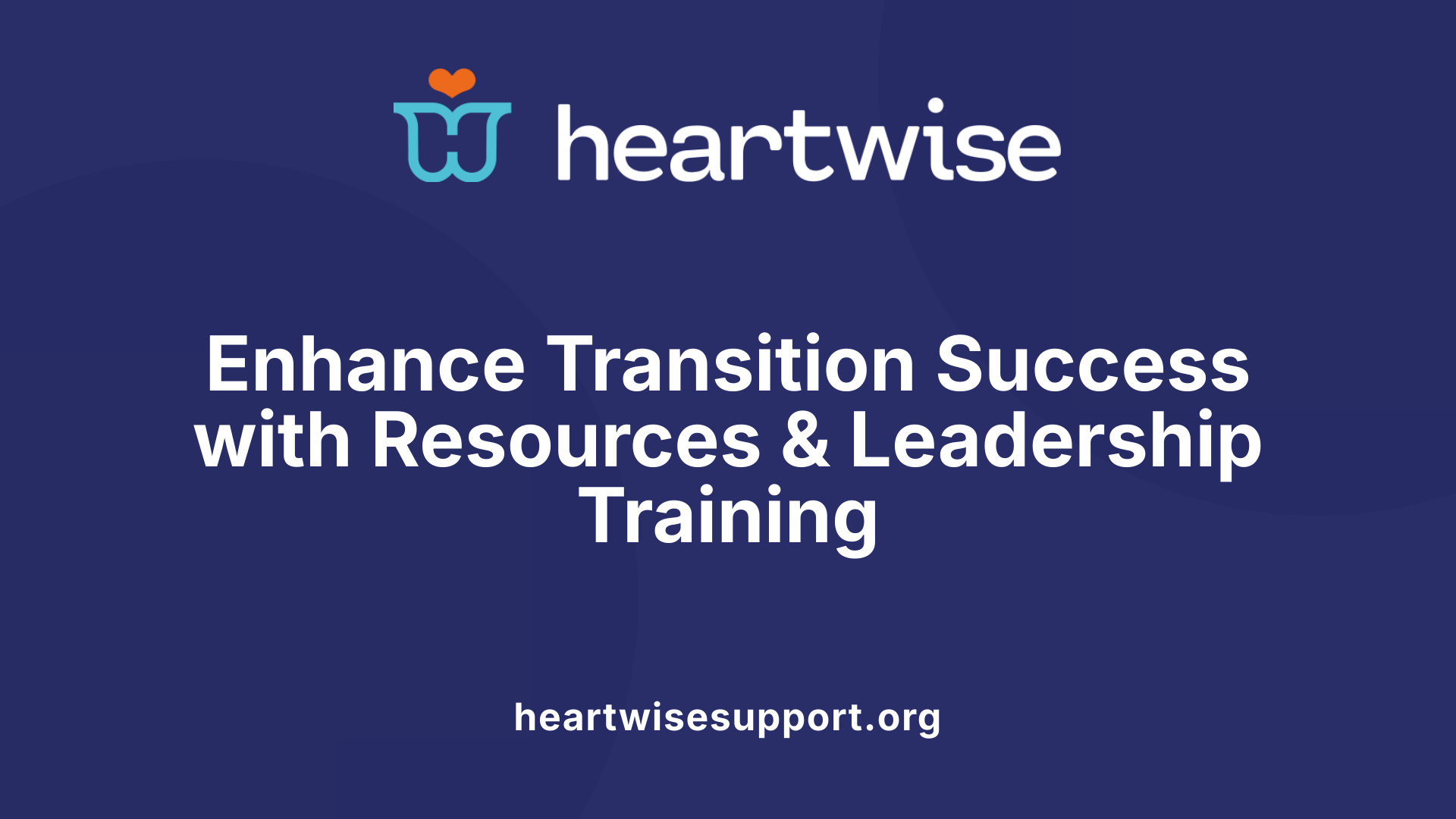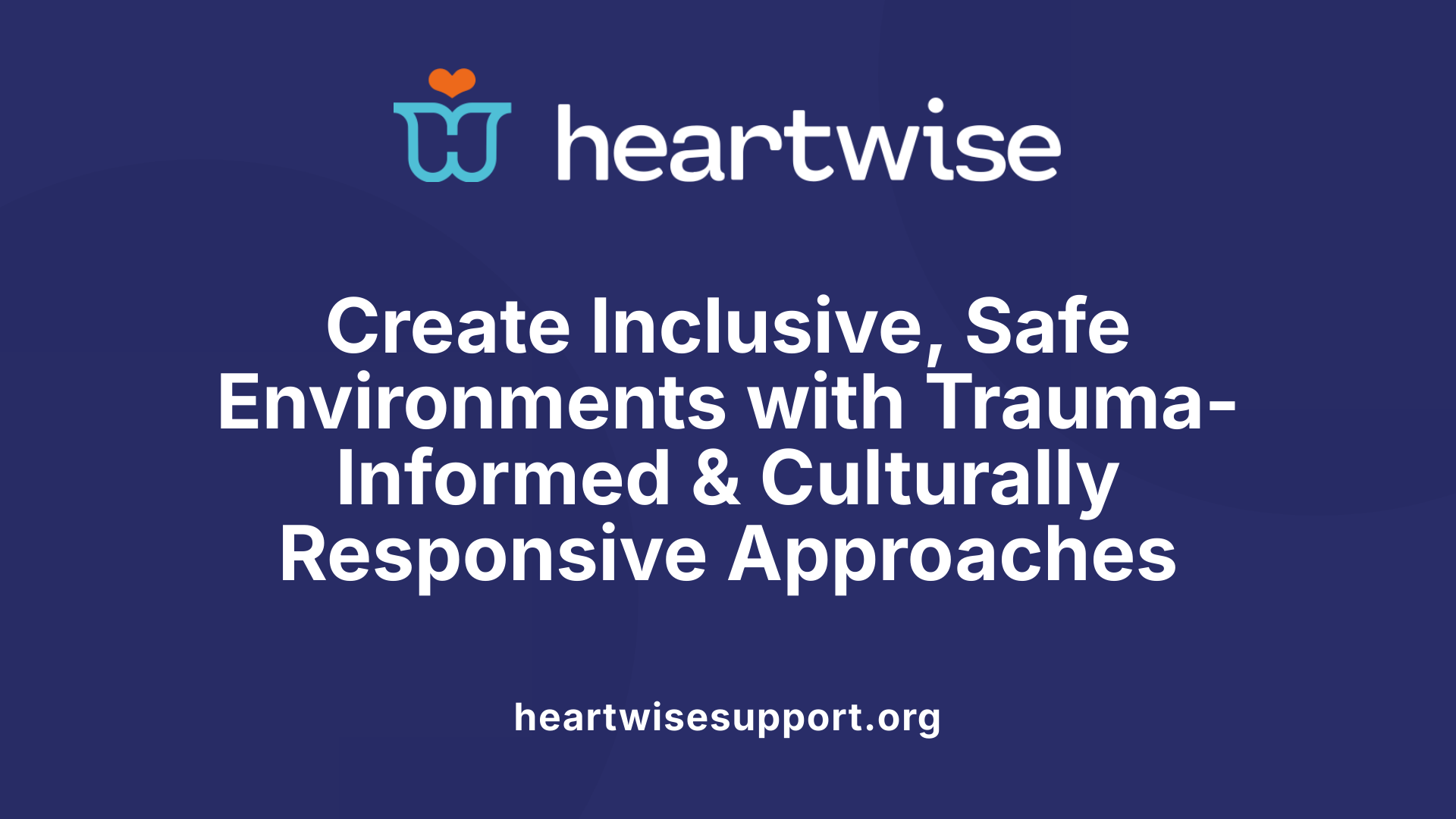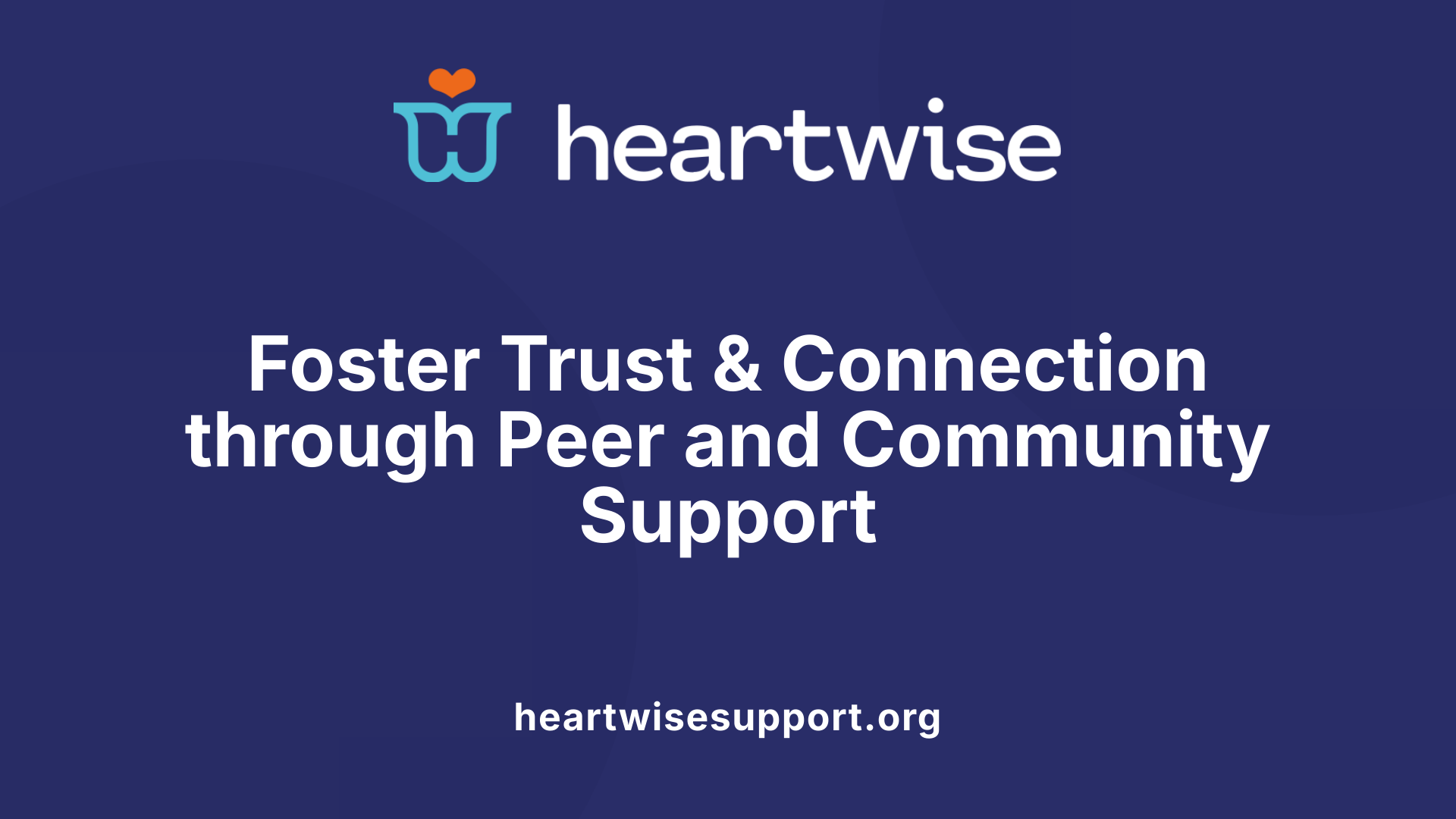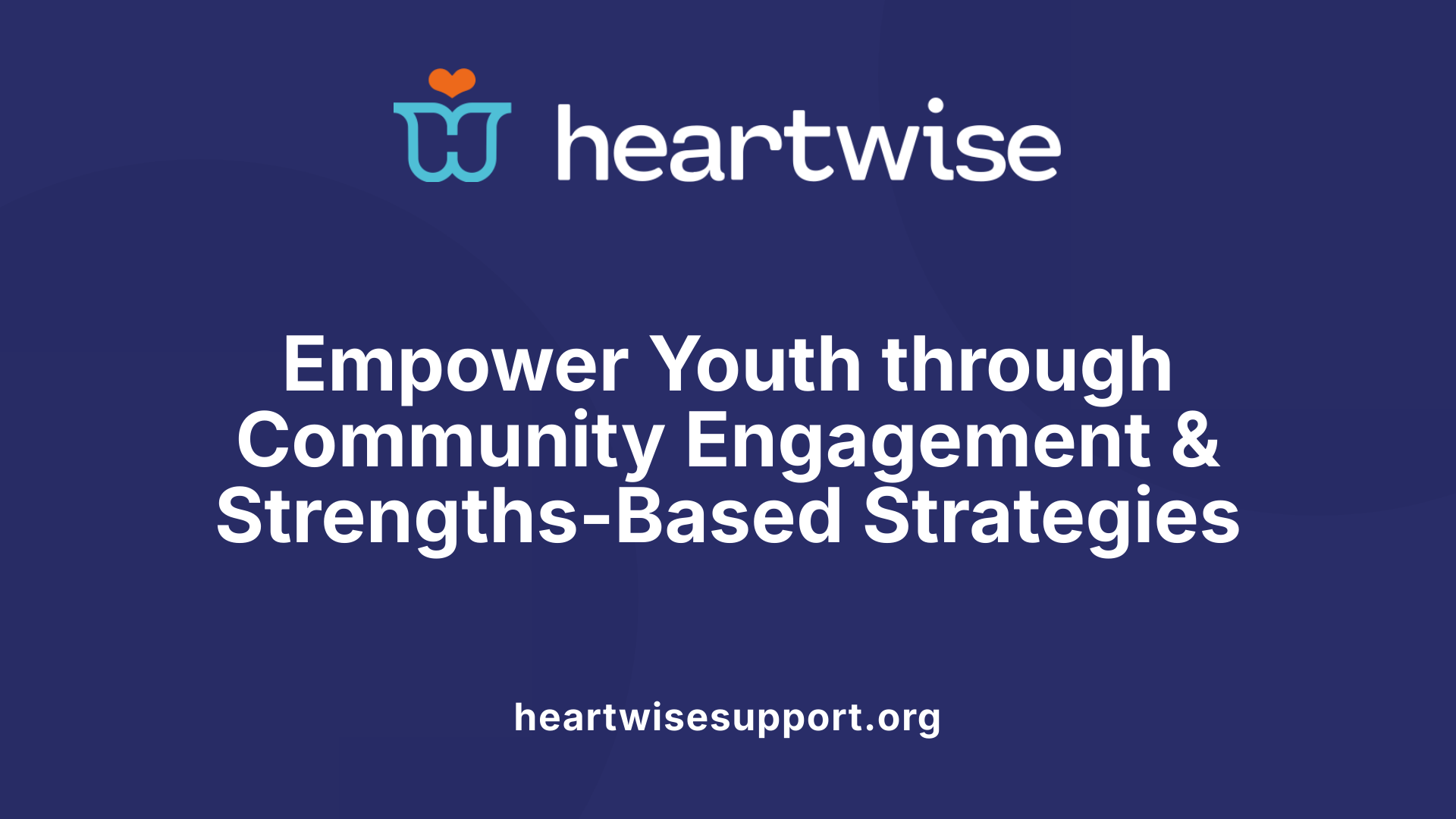Understanding the Critical Role of Community Engagement in Youth Transitions
Community engagement plays a pivotal role in ensuring that transition-age youth—those approaching adulthood—receive the support, resources, and relationships necessary to navigate the complex journey from adolescence to independence. From fostering peer networks to integrating trauma-informed practices, emerging adults, often facing unique developmental and systemic challenges, benefit profoundly from programs and strategies that prioritize their voices, strengths, and cultural contexts.
Empowering Through Structured Resources and Leadership Development

What support does the National Technical Assistance Center on Transition provide?
The National Technical Assistance Center on Transition (NTACT:C) plays a pivotal role in strengthening transition services for youth with disabilities. It offers a wealth of resources designed to help educators, families, and youth themselves develop the skills necessary for successful transitions from school to post-school activities.
Among its tools are detailed calculators, inspiring transition stories, and comprehensive guides that outline evidence-based strategies for enhancing secondary education and career pathways. These resources facilitate effective planning efforts by providing practical examples and frameworks that stakeholders can adapt to their local contexts.
NTACT:C also conducts regular webinars and disseminates current research findings, ensuring that practitioners stay informed about best practices. Importantly, the center actively involves youth with disabilities in its projects, fostering engagement and ensuring that services align with their preferences and needs.
Collaboration is central to NTACT:C's mission. It partners closely with state education agencies, policymakers, and community organizations to implement initiatives that promote high-quality, inclusive transition programs. Their ultimate goal is to increase postsecondary success, reduce dropout rates, and expand employment and educational opportunities for youth with disabilities.
What resources and programs support community participation for transition-age youth, including those with disabilities?
Supporting youth with disabilities involves a broad range of programs and resources focused on community engagement, independent living, and employment readiness. Federal and state agencies orchestrate these efforts to create an environment where youth can actively participate in their communities and achieve independence.
Programs like supported living and independent living services provide the infrastructure necessary for youths to develop daily living skills and establish personal autonomy. Vocational training and employment initiatives such as the Youth Employment Opportunity Program and services from the Department of Rehabilitation help equip youth with the skills needed for meaningful work.
Numerous organizations contribute resources to support community participation. For instance, Autism Speaks, Easterseals, and the PACER Center provide guides, toolkits, and training programs that foster skill acquisition, social inclusion, and community engagement.
Programs like Project SEARCH offer structured internships that allow students to gain real-world experience in workplace settings, bridging the gap between education and employment.
Higher education institutions and community colleges expand these opportunities by providing specialized resources and programs aimed at continued learning and independence. These efforts collectively work toward the common goal of supporting youth with disabilities to integrate into their communities successfully.
| Resource/Program | Focus Area | Additional Details |
|---|---|---|
| Supported Living/IL | Independent Living Skills | Youth develop skills for daily independence. |
| Youth Employment Programs | Employment Preparation | Offers job training and internship opportunities. |
| Project SEARCH | Vocational Experience | Workplace internships for real-world skills. |
| Community Organizations | Skill Development and Inclusion | Provide guides, toolkits, and local programs. |
| Postsecondary Education | Continued Education and Support | Specialized services to aid college transition. |
Further Resources for Community and Family Engagement
Aside from direct programs, numerous tools and platforms support the engagement of youth and their families. The Youth Engagement Now platform offers accessible tips for youth engagement strategies, videos from NTACT:C, and downloadable guides to foster active participation.
Family involvement remains crucial in this process. Resources from the RAISE Center and partner organizations include training modules, bibliographies, and guides that help families partner effectively with service providers. The Family Engagement Info Brief, for example, highlights proactive roles families can take to support their youth, ensuring communication and collaboration are prioritized.
Community efforts are complemented by tools tailored for service providers, such as community rehabilitation provider guides, which outline strategies for engaging families during Pre-Employment Transition Services (Pre-ETS). These comprehensive resources aim to strengthen family and community involvement, which research shows is instrumental in fostering positive development and successful transitions into adulthood.
In summary, a combination of federal initiatives, organizational programs, online tools, and research-backed practices form a robust support network. This infrastructure ensures that youth with disabilities are not only prepared academically and vocationally but are also actively involved in their communities, setting the stage for lifelong success.
Trauma-Informed Care and Culturally Responsive Practices

What are best practices and principles, such as trauma-informed care, for engaging transition-age youth in community support systems?
Engaging transition-age youth (TAY) effectively requires adopting approaches that recognize and respond to their unique experiences and needs. Among these, trauma-informed care stands out as a foundational principle. This approach emphasizes creating environments where youth feel safe, respected, and empowered. It involves a set of practices centered on safety, trustworthiness, collaboration, peer support, and empowerment.
Creating a safe environment is vital. This means ensuring that physical spaces are welcoming and that interactions are respectful and non-judgmental. Trust is built by consistently being honest, transparent, and reliable, which encourages youth to share their experiences without fear of judgment or re-traumatization.
Empowerment involves providing youth with choices in their service plans and encouraging their active participation in decision-making. This not only fosters autonomy but also helps build resilience and self-efficacy.
Training staff and community partners in trauma-informed approaches ensures that interactions are sensitive and appropriate. This reduces the risk of re-traumatization and helps address barriers that might prevent youth from engaging fully.
Addressing cultural, gender, and historical considerations is equally important. Recognizing each youth's background, beliefs, and experiences fosters trust and relevance in services. Culturally responsive practices involve tailoring interventions to respect their cultural identity, language, and traditions.
Incorporating peer support is another effective strategy. Youth are more likely to engage when they see relatable individuals who understand their experiences and can serve as mentors.
Overall, applying trauma-informed and culturally responsive principles helps reduce barriers, supports healing, and promotes meaningful participation for youth across systems such as education, mental health, and housing. These practices create a foundation for trust, engagement, and sustained support, crucial for positive transition outcomes.
Building Stable and Supportive Relationships

What is the importance of peer support, stakeholder involvement, and relational permanency in engaging transition-age youth?
Engaging youth during their transition into adulthood calls for a focus on support that is both stable and meaningful. Peer support plays a crucial role by connecting young people with individuals who have shared experiences, such as navigating disabilities or systemic challenges. These peers act as relatable mentors, helping youth develop resilience and self-confidence. They also work to reduce stigma, which can be a significant barrier to seeking help and embracing recovery.
Stakeholder involvement — which includes family members, community organizations, educators, and health providers — ensures that the youth’s voice and needs are prioritized. When youth see their insights and preferences being valued, they are more likely to stay engaged and committed to their transition goals. Active participation from supportive stakeholders creates a network of resources and encouragement vital for overcoming obstacles.
Relational permanency refers to establishing lasting relationships with trusted adults and community members. Consistent, supportive connections give youth a sense of security and belonging. Evidence shows that relational permanency correlates with improved feelings about healthcare, better mental health, and heightened overall well-being. During transition, these relationships act as anchors, helping youth navigate changes and challenges with confidence.
Together, peer support, stakeholder involvement, and relational permanency foster an environment where young adults can build trust, develop skills, and feel empowered. These elements are essential for helping youth not only meet immediate needs but also lay a strong foundation for successful, independent futures.
Summary of Benefits:
- Foster trust and a sense of belonging
- Promote resilience and self-efficacy
- Overcome stigma and support recovery
- Enhance engagement through valuing youth perspectives
- Provide ongoing stability and security
- Improve mental health and quality of life
Implementing these elements requires intentional strategies: peer-led initiatives, family and community involvement, and consistent relationship-building practices. When integrated into transition planning, they create a supportive ecosystem that encourages positive developmental outcomes.
Community Programs Focused on Education and Employment Outcomes

How can community engagement approaches assist youth transitioning from systems such as foster care, homelessness, or mental health services?
Community engagement approaches play a vital role in helping young people move successfully into independence from systems like foster care, homelessness, or mental health support. These strategies focus on creating meaningful connections with trusted adults, peers, and community resources that offer stability and emotional backing.
Programs that involve mentorship, social involvement, and youth leadership foster a sense of belonging and trust. They help youth develop critical life skills, access employment, and secure housing options. For example, initiatives like Youth Villages' LifeSet program use mentorship and community participation to address challenges such as housing instability, unemployment, and mental health issues.
Active involvement in planning and decision-making ensures that young people's needs and preferences are prioritized. This respects their autonomy, boosts confidence, and leads to more personalized services. Trust-building through consistent community interactions empowers youth to navigate their transition more effectively, leading to improved long-term outcomes.
Overall, community engagement creates a supportive environment where youth gain resilience, gain critical resources, and build networks essential for successful adulthood.
What strengths-based approaches support youth in achieving educational and employment goals?
Promoting positive youth development involves focusing on the strengths, talents, and potential of youth, especially those facing barriers related to mental health or systemic involvement.
Mental health providers foster this by employing relationship-centered, strengths-based techniques. For example, programs like BRYT, which embed mental health professionals within schools, support students with behavioral health challenges to reintegrate and thrive academically.
System-wide frameworks like the Multi-Tier System of Supports (MTSS) aim to create positive school climates. By reducing suspensions and expulsions, these approaches allow students to stay engaged and avoid disruption, which is crucial for graduation and future employment.
Community and educational infrastructure investments are also critical. States and local agencies work on developing integrated services that connect mental health, education, and workforce supports. These efforts include establishing mentorship programs, skill-building workshops, and youth-centered planning, designed specifically to bolster resilience and empower youth to meet their goals.
Such strategies help youth recognize their strengths, foster motivation, and develop the skills needed for continuous learning and gainful employment, laying a foundation for independence and success.
Supporting education and employment outcomes for youth from vulnerable systems
| Aspect | Approach | Additional Details |
|---|---|---|
| Youth Engagement | Involving youth in planning and decision-making | Ensures services meet their needs and preferences |
| Mentorship | Connecting youth with adult mentors and peer networks | Builds trust, provides guidance, supports resilience |
| Strengths-Based Interventions | Emphasizes talents and potential | Examples include BRYT and MTSS programs |
| Community Connection | Facilitating social integration and local resource access | Enhances stability and support systems |
| Education Support | Addressing school mobility and discipline issues | Programs like testing support and behavioral health integration |
| Employment Support | Connecting youth with job training and employment services | Utilize initiatives aligned with systems like WIOA |
| Technology Use | Employing digital tools for engagement | Use of tablets, telehealth, and online resources |
How does community engagement improve long-term success?
Community programs that emphasize active participation, relationship-building, and strengths recognition help sustain youth’s engagement in education and employment pursuits. These programs foster a sense of belonging, promote resilience, and enable youth to develop the skills necessary for adult responsibilities.
Building supportive networks reduces feelings of isolation and mistrust, which commonly hinder progress in vulnerable populations. Concerted community efforts, combined with tailored individual supports, have shown to increase graduation rates, employment, and stability in housing.
In summary, integrating community engagement approaches with targeted, strengths-based supports creates a solid foundation for youth transitioning from systemic care, helping them achieve meaningful, long-lasting independence.
System-Level Strategies and Policy Initiatives

What strategies and frameworks promote engagement of youth in community programs?
Engaging transition-age youth effectively requires intentional strategies that prioritize empowerment, participation, and skill development. Central to this is involving youth directly in planning, decision-making, and assessment processes, ensuring they have a voice and a sense of ownership over programs affecting their lives. Approaches grounded in trauma-informed care help create safe, supportive environments where youth feel respected and understood, especially considering the impacts of trauma on development.
Peer support is another vital element. Connecting youth with mentors and peers fosters trust, shared understanding, and community belonging, which are essential for sustained engagement.
Frameworks such as youth development models and participatory approaches serve as structural guides. These frameworks emphasize youth leadership, self-advocacy training, and leadership activities, all designed to build confidence and life skills. Resources like self-determination guides, community engagement courses, and strategic planning tools support youth in developing their abilities and assuming active roles.
Supported by initiatives like NTACT:C's Youth Engagement Transition Initiative (YETI), these strategies aim to systematize youth involvement, resulting in more effective services and systemic change. They help create inclusive programs where youth are not just recipients but active contributors, fostering long-term engagement and success.
How can community engagement approaches assist youth transitioning from systems such as foster care, homelessness, or mental health services?
Community engagement plays a crucial role in supporting youth transitioning from systems such as foster care, homelessness, or mental health services. A fundamental element is building meaningful, trusting relationships with caring adults or mentors who can provide consistency, guidance, and emotional support through complex transitional phases.
These approaches prioritize youth-driven decision-making, which empowers young people by respecting their autonomy and preferences. Involving youth in the planning, implementation, and evaluation of services ensures that interventions are relevant and responsive to their needs. Programs like Youth Villages' LifeSet demonstrate how mentorship, life skills education, and community involvement can address issues like housing instability, employment, and mental health.
Community engagement also facilitates access to networks of social capital—supportive relationships, community resources, and peer connections—that foster resilience and independence. This holistic support system can buffer the negative effects of systemic challenges and promote stable transitions.
Furthermore, active participation in community-based activities helps youth develop self-efficacy and a sense of belonging, which are vital for successful adult roles. Ultimately, community engagement strategies create a foundation of trust and empowerment, equipping youth with the skills and support needed to navigate their transition to independence successfully.
Fostering Lifelong Connection and Support
Supporting transition-age youth requires a collaborative, culturally competent approach that centers youth voices, leverages peer and stakeholder relationships, and integrates trauma-informed principles. Community organizations and systems must prioritize continuity of care, meaningful engagement, and real-world skill-building—emphasizing individual strengths and fostering relational permanency. By adopting evidence-based strategies and fostering an inclusive environment that respects cultural and personal diversity, communities can empower youth to successfully transition into independent, productive adults, ultimately reducing systemic disparities and building resilient, supportive social networks.
References
- Youth Engagement - NTACT:C
- Peer Support and Research Engagement for Transition Age Youth ...
- [PDF] Trauma-Informed Guiding Principles for Working with Transition Age ...
- Transition-Age Youth (TAY) Life Skills Study Guides - TNOYS
- “Ask Me What I Want”: Community-based participatory research to ...
- Family Engagement - NTACT:C
- Transition Age Youth program - Alternative Family Services
- How Community Organizations Promote Continuity of Care for ...
- Helping Transition Age Youth and Young Adults Achieve their Goals











